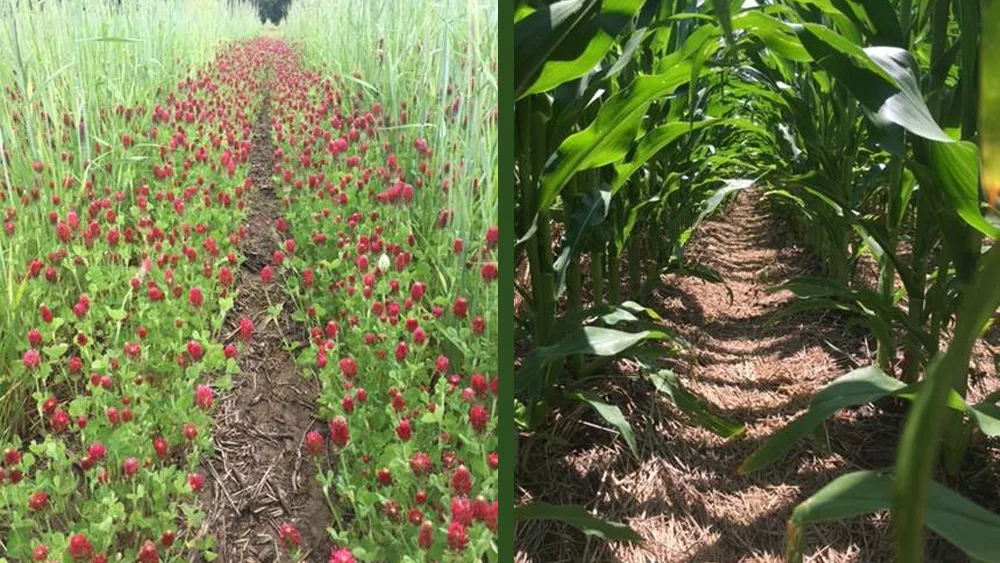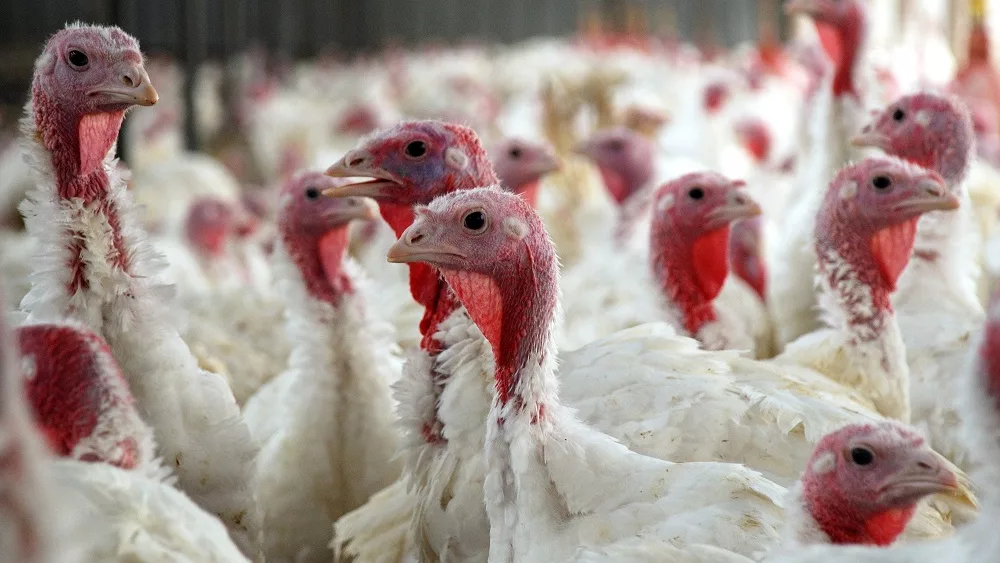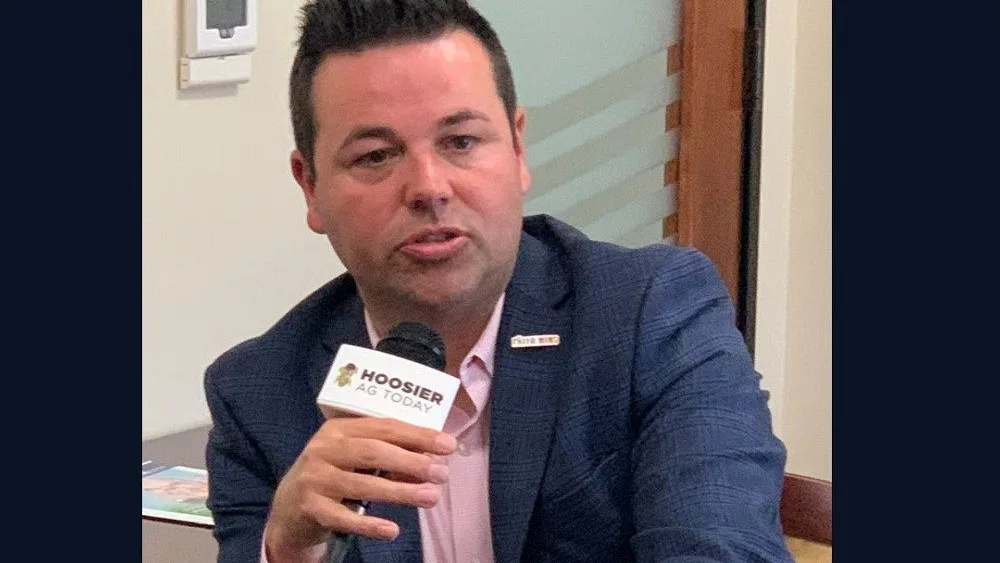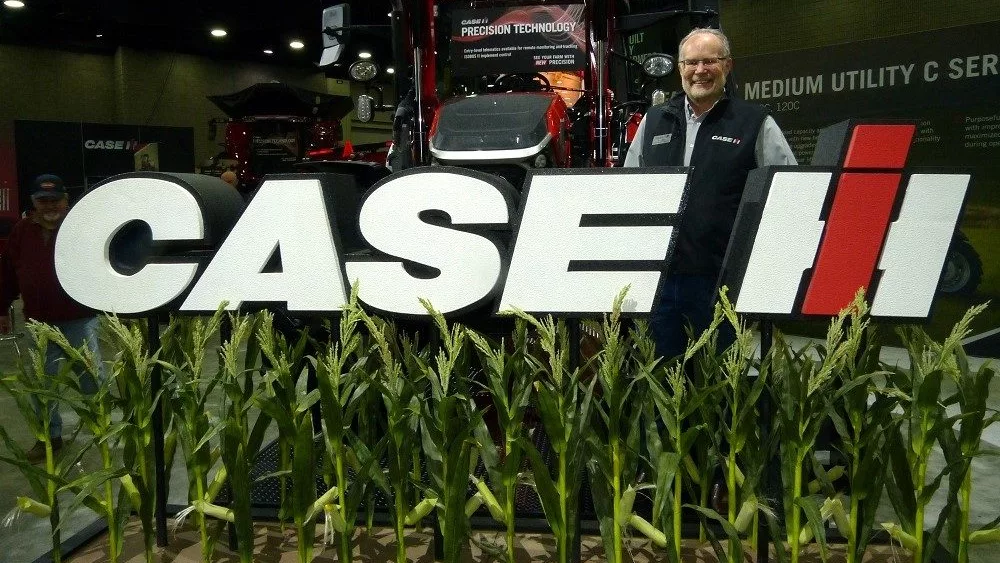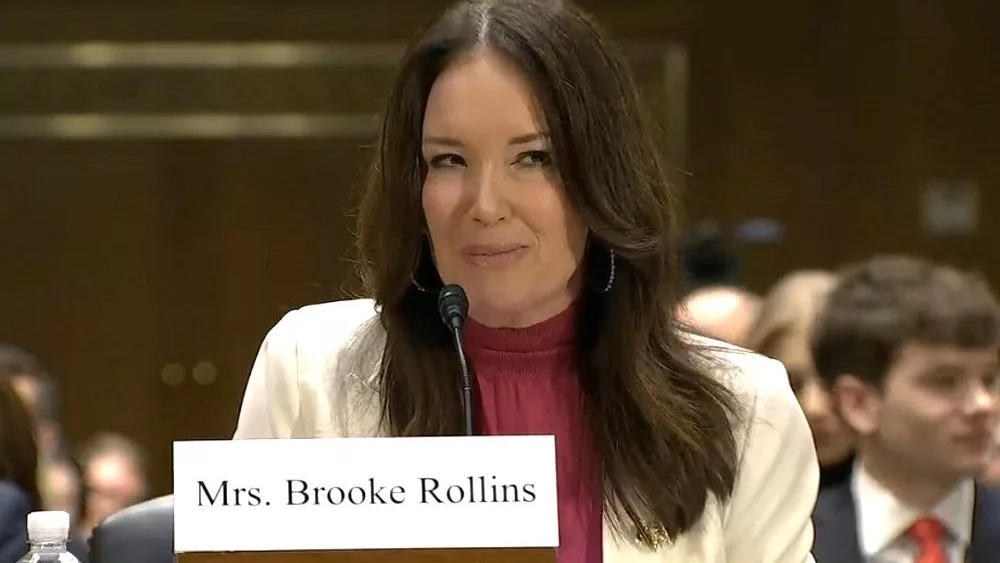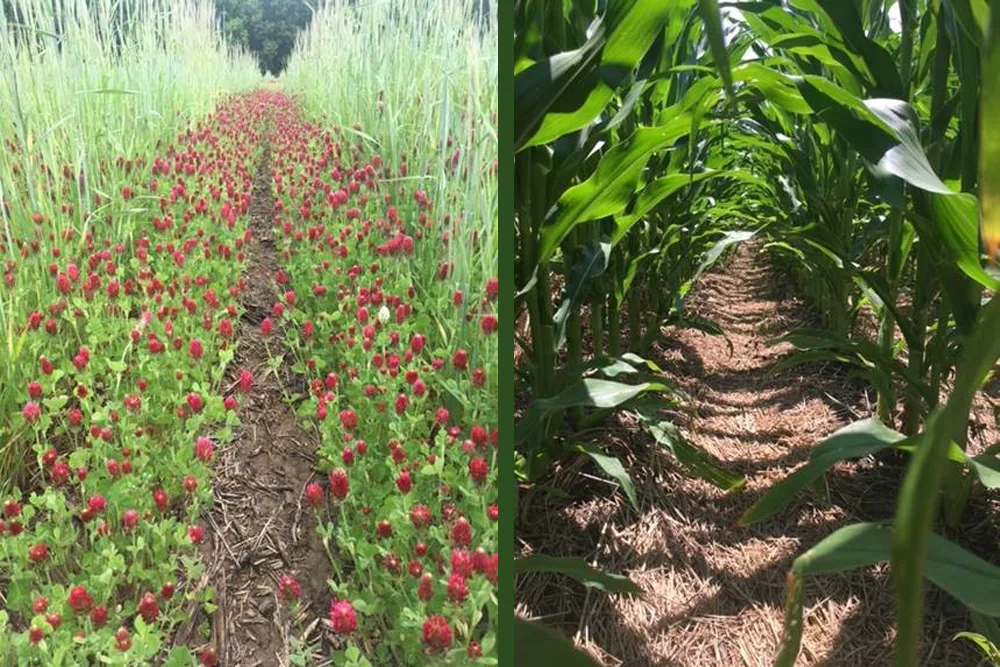
If you’re looking to take your cover crop game to the next level, take a look at bio strip-till.
Bio strip-till uses precision agriculture to manage cover crops and optimize the nutrient cycle.
Barry Fisher is a farmer and soil health specialist, and he’s one of the guests on the latest episode of the HAT Soil Health Podcast. He says that with bio strip-till, you can be more prescriptive in selecting cover crops and then plant them exactly where they are needed.
“People started integrating and planting cover crops in alternating rows, where you would have a row of a winter kill cover crop. That would be the place where you would come back the next spring and plant your corn row. On the alternating rows, we would have overwintering cover crops. It would keep a living root in the soil and provide a lot of the more additional benefits that we expect from cover crops.”
John Pike also joins the podcast. He’s a farmer and research agronomist with test plots for bio strip-till systems. He says that he finds a lot of benefits for water and nutrient management.
“Between the cover crops where the corn is going to plant, even though there’s not any biomass on the surface, we find by digging and looking at the root structure and what’s going on below the soil, that the roots of our ryegrass and cereal rye are actually expanding out from that row middle, and they meet underneath that so we can use that living root in a time when it’s a relatively wet season.”
Fisher says that bio strip-till is the next level of cover crops.
“As we get better at this and more prescriptive with it and can use precision planting the way John’s plot data shows, even in a mature system, it’s kind of like how we’re going to take cover crops to that next level of management and next level of benefits.”
You can hear the full conversation on the HAT Soil Health Podcast, brought to you by the Conservation Cropping Systems Initiative, below or on your favorite podcast player.

